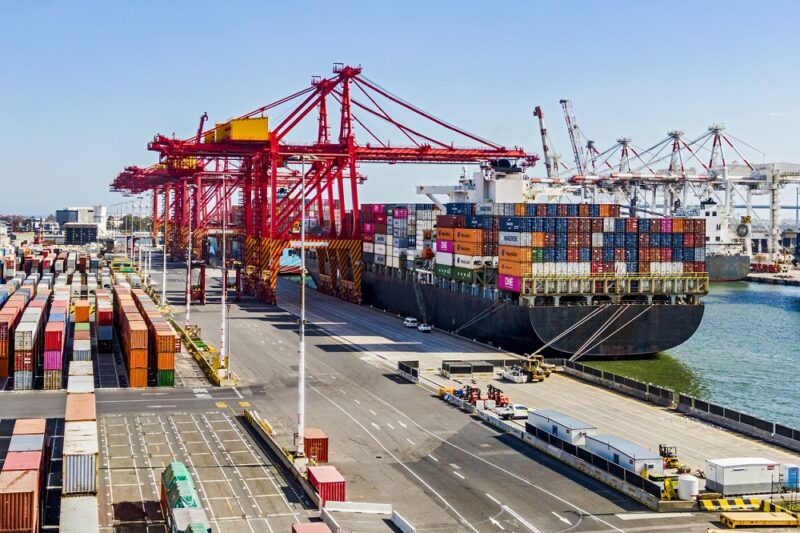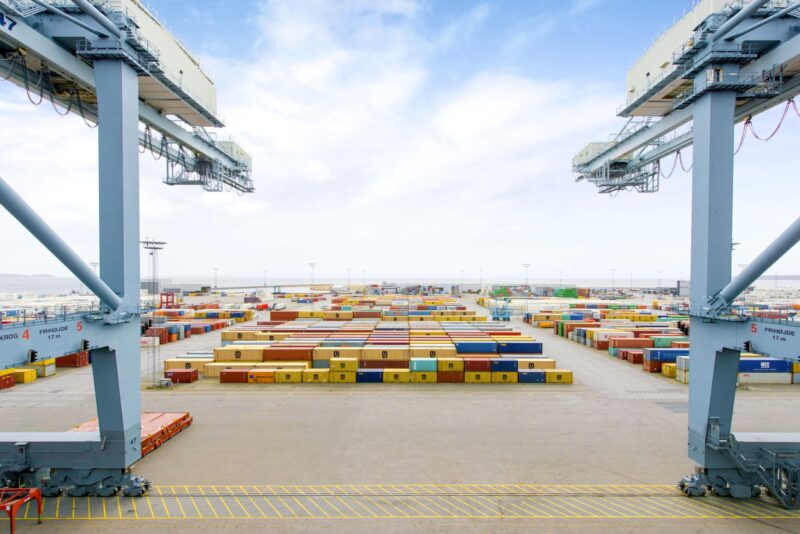In the face of intensifying climate threats, the conversation around marine and coastal construction has expanded to include long-term sustainability and resilience. Port infrastructure, often located at the frontline of climate-related hazards, is increasingly being re-evaluated through the lens of environmental vulnerability. Industry players, including MBI marine construction services, are engaging with these issues by integrating resilience strategies into the early stages of planning and design.
Rising Sea Levels and Coastal Vulnerability
Owing to their intrinsic geographical positioning, ports are predominantly located in low-lying coastal zones—areas that rank among the most susceptible to the adverse impacts of rising sea levels. For ports, this could mean regular tidal flooding, permanent inundation of key infrastructure, and increased saline intrusion that accelerates material degradation.
The risks are not hypothetical. Real-world examples from the past decade include port shutdowns due to hurricane surges in the Gulf of Mexico and infrastructure collapse in the aftermath of typhoons in Southeast Asia. As such, port authorities and construction firms are prioritizing elevation studies, shoreline retreat assessments, and revised design load calculations.
Design for Extremes: Storms, Surges, and Wind Loads
Climate resilience necessitates that port infrastructure be strategically engineered to withstand an escalating frequency and severity of extreme meteorological phenomena. This includes the capacity to withstand stronger storm surges, higher wind loads, and longer periods of operational disruption.
In practical terms, this means breakwaters must be reinforced, quay walls elevated, and drainage systems redesigned for faster runoff. Advanced modeling techniques are being used to simulate future storm patterns and test the structural integrity of proposed infrastructure under varied scenarios. These projections inform everything from foundation design to crane anchorage systems, ensuring both functionality and safety under future conditions.
Material Durability in Shifting Climates
As global temperatures shift, so do the corrosion rates, humidity cycles, and freeze-thaw dynamics that affect construction materials. Ports that previously relied on specific concrete mixes or steel types are now re-evaluating these choices to suit new environmental baselines.
Durability planning includes the use of low-permeability concrete, corrosion-resistant reinforcements, and coatings tailored for more acidic or saline environments. In addition, some coastal projects are incorporating flexible infrastructure—modular sections that can be raised or moved as conditions evolve.

Operational Continuity and Redundancy
Beyond physical structures, climate resilience in port development also involves systems thinking. Ports must continue operating during and after disruptive events. This calls for redundancies in power supply, communications, and cargo handling processes.
For example, installing elevated power stations, flood-proof control rooms, and multiple berthing points are all ways to maintain throughput. Emergency preparedness plans, regular resilience audits, and scenario-based training for staff are also becoming standard features of modern port development strategies.
Policy, Regulation, and Funding Barriers
While engineering solutions exist, implementation is often delayed by regulatory fragmentation and funding constraints. In many regions, outdated building codes and zoning policies fail to incorporate updated climate data. Moreover, long-term resilience investments may struggle to secure funding when short-term gains dominate planning decisions.
However, there is a growing movement among public and private stakeholders to develop shared resilience guidelines and funding models. International frameworks such as the PIANC Working Group on climate adaptation provide reference points, but local adaptation remains critical.
A Shift Toward Integrated Resilience
Ultimately, building climate-resilient port infrastructure is not a singular action but a continuous process. It demands a concerted and interdisciplinary collaboration among engineers, urban planners, environmental scientists, and policymakers to ensure cohesive and forward-thinking resilience strategies. As coastal dynamics shift, so too must the construction philosophies that support critical marine logistics.
Companies like MBI marine construction services are among those engaging in this evolution by aligning construction methodologies with forward-looking climate assessments. As risks continue to rise, the ability to adapt will define not only the survival of individual ports but the stability of global supply chains dependent on them.

